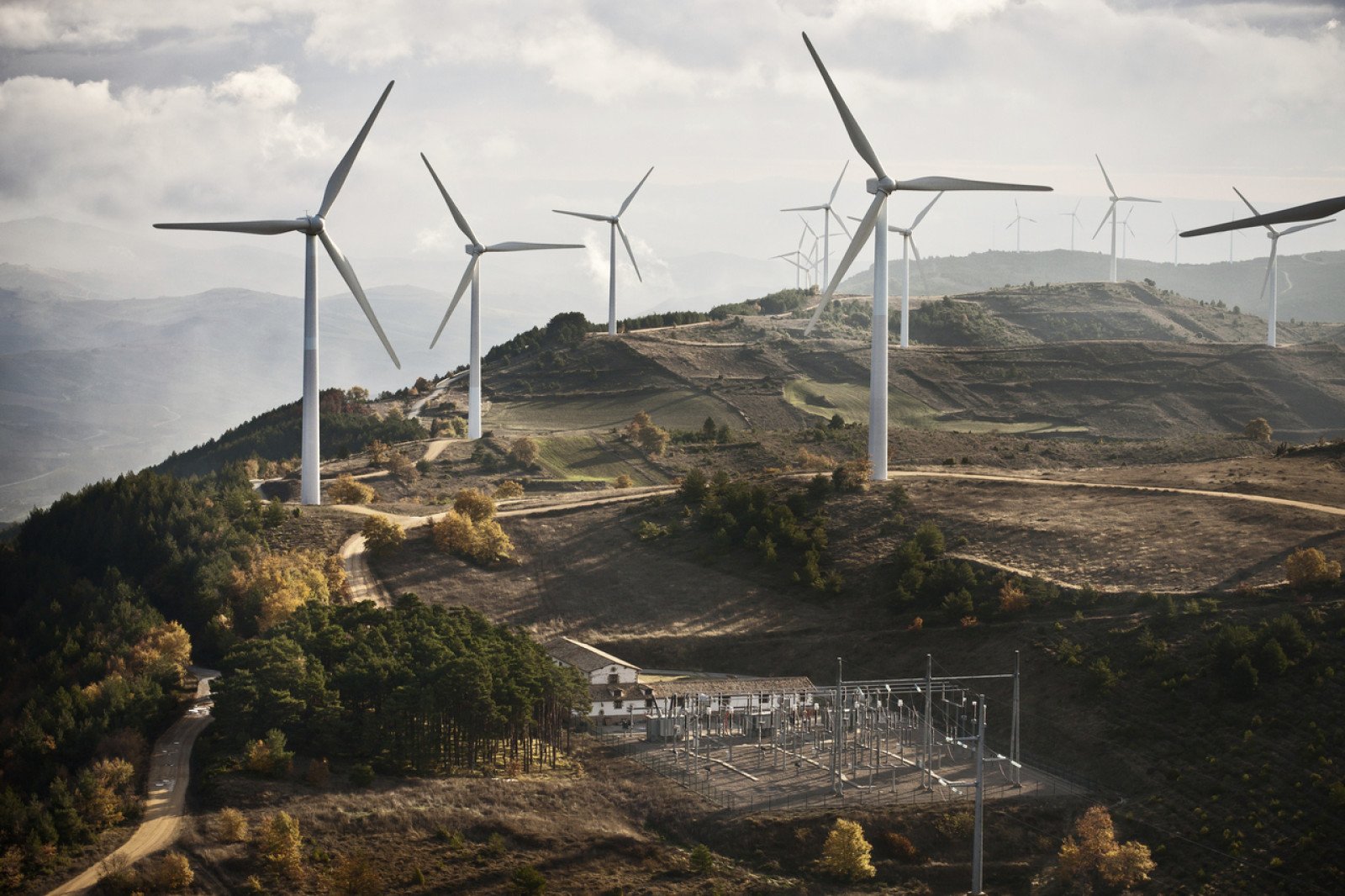Energy and the environment
Learn how using energy affects the environment and explore different methods of generating electricity.

Overview
Get your students thinking about different ways electricity can be generated, and how these different methods impact the environment.
Instructions
What you'll need
- Whiteboard
- Masking tape and scissors
- "Energy and the environment" worksheet for each student
- "Energy and the environment" handout for each pair
Introduce the topic
- On the board, list the 10 different methods of generating electricity:
- Biogas
- Coal
- Geothermal
- Hydro
- Natural gas
- Nuclear
- Oceans
- Oil
- Solar
- Wind
- Start a discussion with your students by asking them how each method of generation has an impact on the environment (they all do).
Group work
- Have your students pair up, and give each pair one “Energy and the environment” handout (make sure you’ve printed these single-sided). After they’ve read it over, they can cut the handout so that each energy source is separate.
- Have the pairs order the energy sources according to its environmental impact, with those with minimal impact at the top and those with high impact at the bottom.
- When the students pairs have reached agreement, have them tape their energy sources in order on the whiteboard for comparison and class discussion.
- Make sure your students understand and appreciate that there is no correct answer for the ranking, although non-renewable energy sources should be at the bottom.
Debrief and discuss
- As a class, come up with a summary of the activity:
- We obtain energy from many different sources.
- All of the energy choices we make have an impact on the environment.
- Our energy use impacts climate change.
- Have students complete the “Energy and the environment” worksheet.
Modify or extend this activity
Extensions
- Ask students to choose one of the methods of electricity generation and have them do more research into the environmental impact of that method.
- Encourage students to read The Lorax by Dr. Seuss, which is about taking collective responsibility for being stewards of the environment.
Curriculum Fit
Grade 7 Science
Content
- Electricity generated in different ways
Curricular competencies
Questioning and predicting
- Demonstrate a sustained intellectual curiosity about a scientific topic or problem of personal interest
Processing and analyzing
- Use scientific understanding to identify relationships and draw conclusions
Applying and innovating
- Transfer and apply learning to new situations
- Generate and introduce new or refined ideas when problem-solving
Communicating
- Communicate ideas, findings and solutions to problem
Assessments
- Observe your students while they are working in groups, and take notice of how well they:
- Identify environmental impacts of electricity generation.
- Rank methods of electricity generation by their impacts on the environment.
- Work collaboratively as part of a small group.
- Review the “Energy and the environment” worksheet and note the rationale each group gave for their ranking.
Teaching Notes
The energy choices we make have an impact on the environment. There are pros and cons to all energy choices, but some forms of energy, like fossil fuels, have a greater impact than others.
The power generated from systems like hydroelectric dams are considered to be sustainable because the source of the power, water, is renewable. This form of energy generation is often referred to as being “green” because of the renewable source, and the fact that the environmental impact is relatively minimal.
When it comes to resources, there are consequences for not using sustainable practices. Fossil fuels are a finite resource and once used up they are gone. And burning them impacts the environment and climate.






